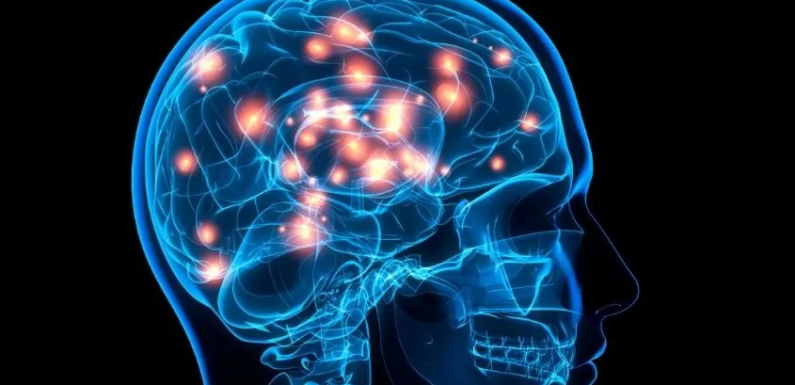
An examination of a person’s functional ability, particularly cognitive functioning, may benefit from psychological testing. Intellectual capacity, attention and focus, processing speed, language and communication, visual-spatial knowledge, memory, and other talents and abilities are all included under the umbrella term of cognitive functioning. In addition, sensory-motor and psychomotor functioning are frequently assessed to understand the neural underpinnings of certain cognitive disorders. As such, they are one of the domains that may be included in a Brain Performance or neurocognitive test. However, examining these talents and abilities in depth is impossible without a rigorous, standardized psychometric evaluation.
Here are three test types and their respective functions:
EEG
Patients displaying symptoms of a brain disorder should get an EEG for a correct diagnosis. However, there are other uses for an EEG that are not diagnostic. For example, an EEG is used to monitor a person’s brain activity while under anesthesia and to assess their odds of waking up from a vegetative condition, in addition to helping diagnose the illnesses mentioned above. A diagnosis may be established immediately based on the pattern of the brain waves, and the doctor will either proclaim the brain’s electrical activity to be regular or abnormal. Typically, an EEG is performed at a hospital under the guidance of an EEG technologist.
The process starts with the technician placing multiple flat metal discs or electrodes on the patient’s skull in various locations while still lying down. Sometimes a single cap with electrodes already attached takes the place of several little metal discs. The brain’s electrical activity is then recorded using these electrodes connected to a computer.
ERP
When sensory input is presented, a scalp electrical potential that is detectable by electroencephalography as an event-related potential (ERP) occurs (EEG). The advantages of ERPs over in-depth neurological examinations include being objective and frequently being more sensitive. While the patient is concentrating on a task, ERPs are measured. ERPs are reliable measurements that reveal how a brain interprets visual and auditory input. Additionally, it explains how the brain activates, suppresses impulses, and assesses processing effectiveness.
ERPs are useful for comprehending how the brain functions. It results in greater comprehension of the individual’s day-to-day experiences. For example, anomalies in the monitoring potential show that the brain does not determine when an action is over.
HRV
The minor variations in the time between your heartbeats are known as heart rate variability. These little changes only lengthen or shorten the time between beats by a fraction of a second. Except for sophisticated equipment, these changes cannot be detected. Cardiac rate variability may be present in healthy people. Still, it can also signify other health difficulties, such as heart disorders and psychological problems like anxiety and depression.
Specific prescription drugs and medical equipment, such as pacemakers, may also impact your heart rate variability. As you age, your heart rate variability naturally tends to decrease. Whether you’re awake or sleeping, calm or worried, your heart has to be able to adapt to changes in your life and environment. However, it depends on others since it lacks the knowledge to react when necessary.
Summing Up
There are several options for Brain Performance tests. Depending on your circumstances, your provider will select the most appropriate option for you. Answering questions or completing activities is a requirement for all cognitive exams. They primarily focus on evaluating your memory, thought processes, language skills, and object recognition abilities.

